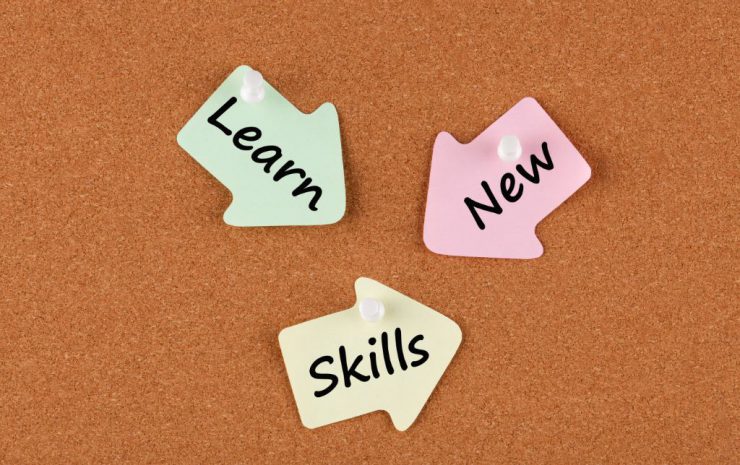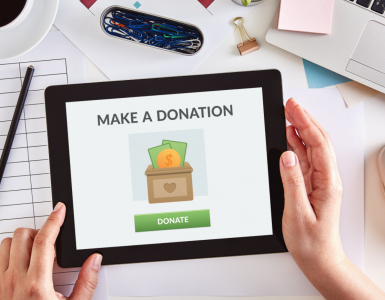Competition for virtual event registrations is growing every day. Our email inboxes are already flooded with emails inviting us to the hottest webinar, livestream, or virtual summit. The event planners who were already hosting virtual events have a leg up on the competition because they already have a builtin customer list. If you are now changing your event strategy from in-person events to digital events, it’s important to know that your past attendees may not come with you. Building a strong virtual prospect list should be job number one. This will take some strategic digital acquisition techniques.
But how do you start? First, establish a strategy for list growth. How can you build your digital prospect base? What new markets can you unlock? Adjust your existing guest personas and build new ones so that you are clear about who you are targeting. This will give you a starting point to decide on the best acquisition tactics to try. Be flexible and test as much as possible so that you are optimizing your efforts.
Search Engine Optimization
The goal of SEO is to get your event website at the top of any Google, Bing, or Yahoo search results list using applicable keywords for your event as often as possible. SEO is a must for any business with a website, not just virtual event platforms. Event planners can accomplish acquisition by being hyper diligent about SEO on every URL they own. This is not a “one and done” tactic. SEO takes time, with repetitive check-ins. It includes making sure your site is indexed and that your site load speed is as fast as possible. It also entails using applicate keywords, headers, and H1 tags within your site, including backlinks, fixing any broken links and using alt text on images. This can seem daunting but it’s necessary. There are online tools such as Yoast that can help you.
Start a Blog
One of the most affordable ways to grow your prospect list is to publish relevant content that positions you as a thought leader and increases your presence. The content should be useful, approachable, and easy to read. It should reflect the theme of your event or the industry your event caters to. A blog is a great place to promote your event speakers or sponsors and to highlight activities at your event. You can supplement your content by asking speakers to submit a guest blog post. Make sure you use search keywords in your posts so that it can be found via SEO. Promote your blog via social media and email to drive traffic to it. Always include a call to action to buy tickets at the end of each post.
Extra Content
This is an excellent way to build interest in your virtual event via your website. Leverage that FOMO we all feel by offering content that gives a taste of the experience your event promises to deliver. This could be as simple as a short video of your keynote speaker asking prospects to join them at the event. It could also be a shortened version of a speaker’s presentation or an infographic highlighting who will be attending the event. Post this content on your site with a strong and large call to action button to download by typing in contact information. Make sure the content includes a strong argument to attend your event.
Build a New Email List
Despite rumors to the contrary, email marketing is still one of the most cost-effective and targeted marketing tactics available, as long as it is targeted and personalized. Building a strong and consistent email marketing campaign should be an important long-term strategy for any event planner. Email is an excellent acquisition tactic to build your list. The best way to do this is to make sure the email subscription call to action buttons on your website and your blog are easy to find and simple to use. Pin it to the top of every page so that it’s always visible. Also, use social media to collect email addresses and make it easy for recipients to forward your emails to others. Offer an incentive such as a ticket discount or extra content to join your email list.
Hashtags and Tagging
This may seem like a simple thing but you’d be surprised how many people forget this step when posting social media. Including relevant hashtags or tags increases the chances of your posts being seen by prospects who would be interested in your event. Including up to five hashtags is a must when using Twitter and Instagram and is also becoming more prevalent on LinkedIn. Research the best hashtags on your chosen social media account or use a tool such as Hashtagify.
List acquisition may seem like something that only start-ups need to do but when an event planner is pivoting to a different format and on a tight budget, it can be an excellent strategy to build a new attendee base quickly and efficiently. In the long run, this can lead to long term, measurable digital event success.







